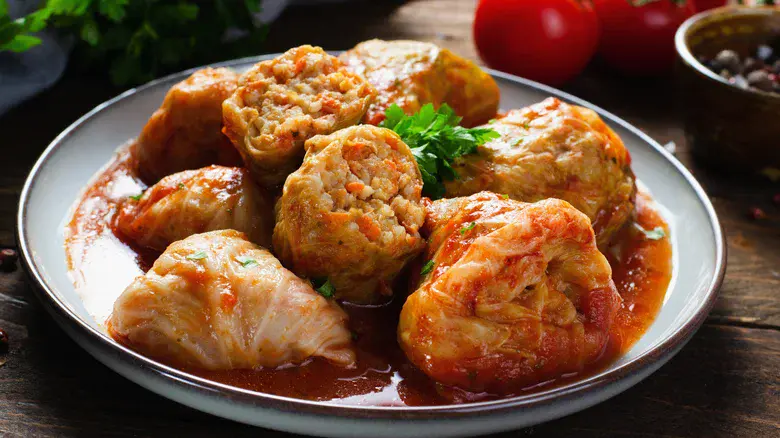The Unfortunate Truth: Why Cabbage Rolls Turn Tough
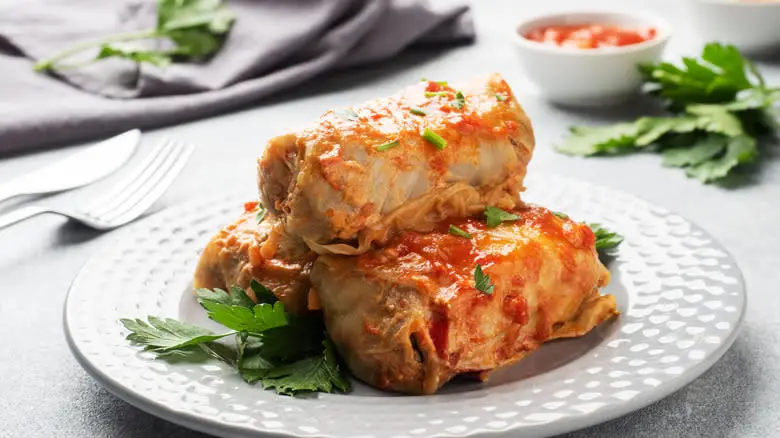
Toughness in cabbage rolls primarily stems from undercooked cabbage leaves. Cabbage, in its raw state, is naturally quite firm and fibrous. If the leaves aren't properly softened before being rolled and cooked further, they will retain that toughness in the final dish. While the filling might be perfectly cooked and flavorful, the overall experience is compromised by the unyielding texture of the cabbage wrapper. This often happens when recipes don't emphasize or adequately explain the crucial step of pre-cooking the cabbage leaves to tenderness before assembly. Understanding this root cause is the first step to achieving cabbage roll perfection.
Rescue Mission: How to Soften Already-Tough Cabbage Rolls
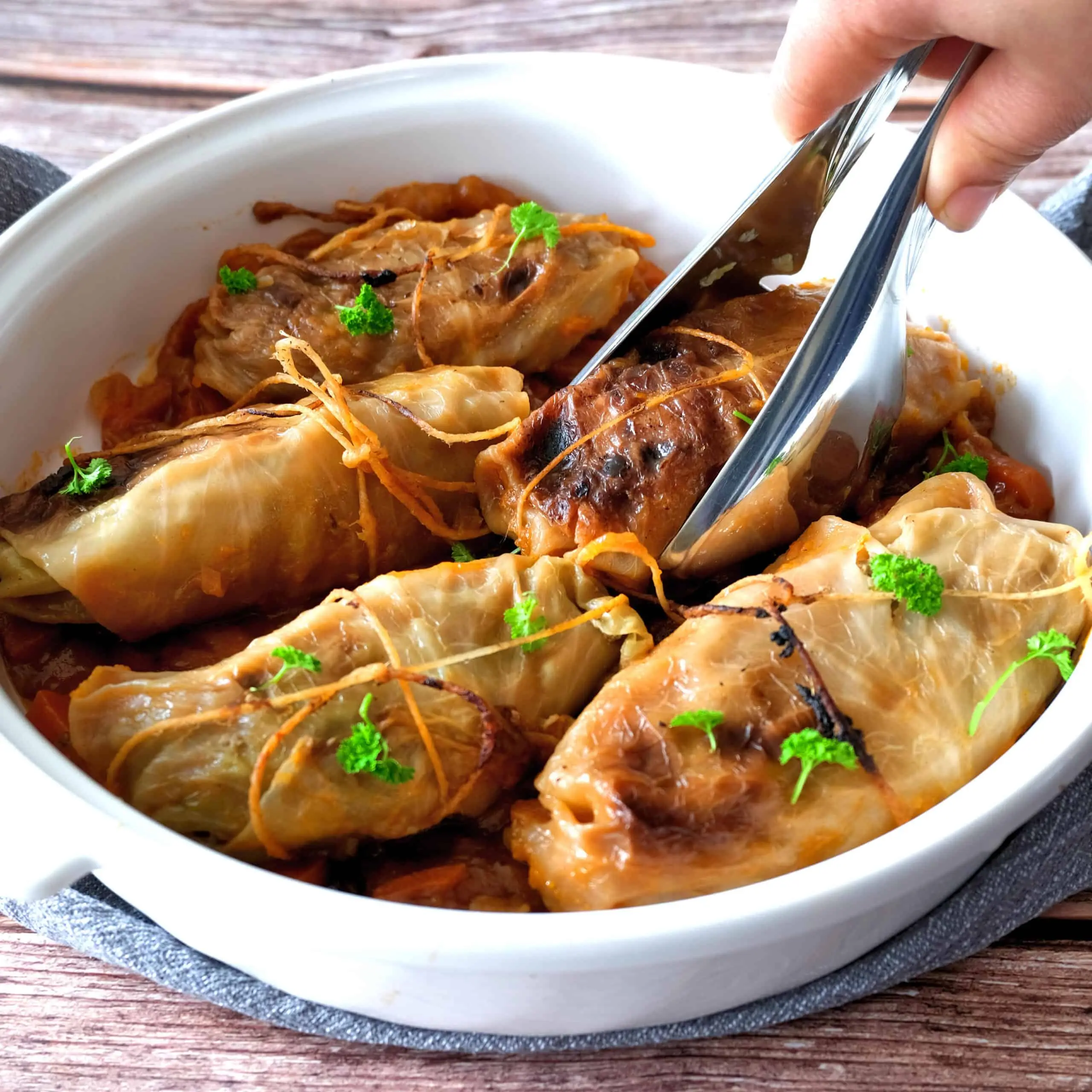
Try gently steaming them: place the rolls in a steamer basket over simmering water, cover, and steam for 15-20 minutes, or until the leaves soften. Alternatively, you can braise them: add a bit more liquid (broth, tomato sauce, or water) to the pot, ensuring it comes about halfway up the sides of the rolls. Cover the pot tightly and simmer gently on low heat for another 20-30 minutes. The moist heat will help break down the cabbage fibers and make them more tender.
The Preventative Playbook: Cooking Cabbage for Success
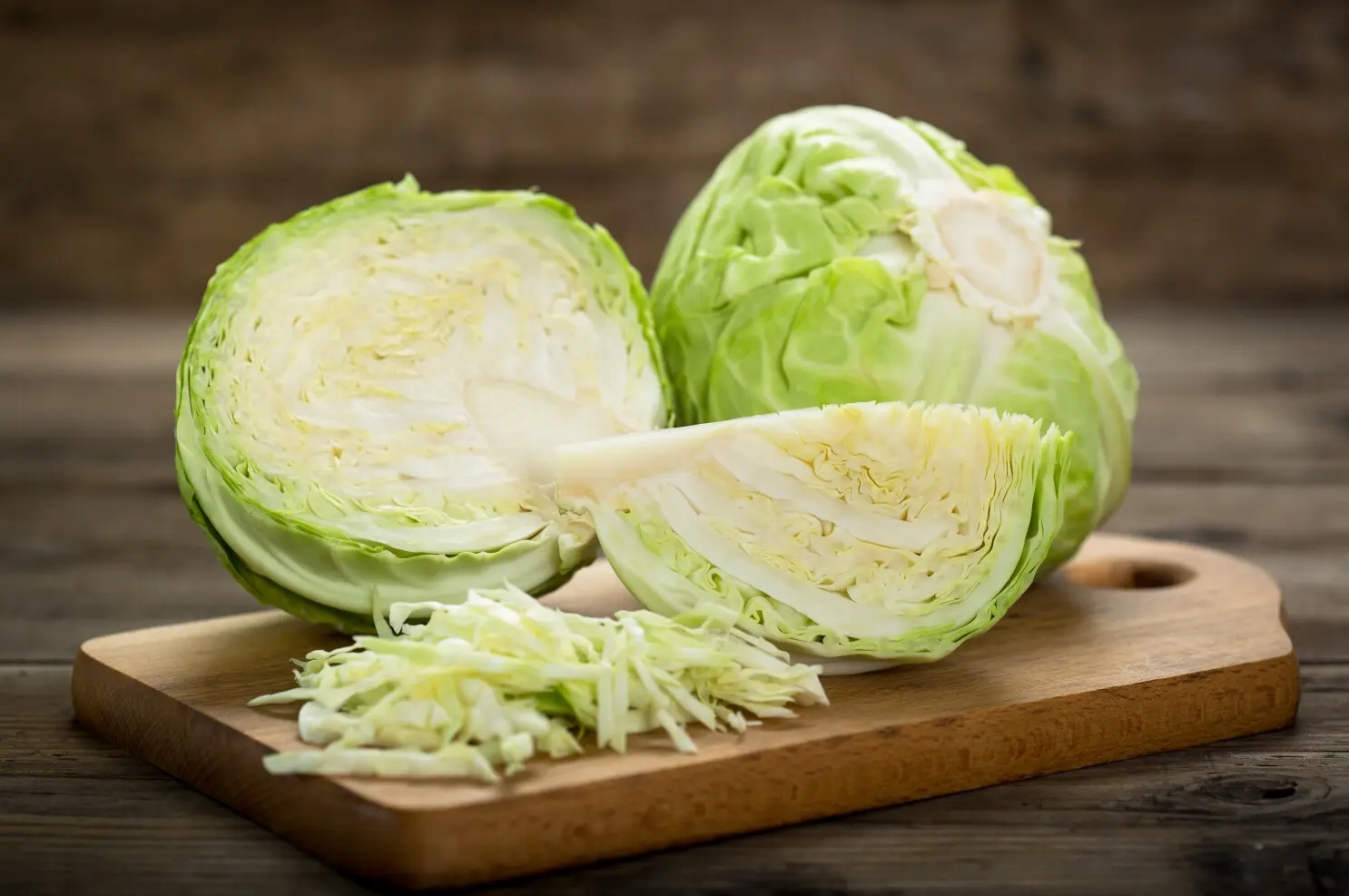
Prevention is always better than cure, and with cabbage rolls, proper cabbage preparation is key. The secret to avoiding tough cabbage rolls lies in pre-cooking the cabbage leaves until they are pliable. There are several effective methods: Boiling: The classic method. Core the cabbage head and submerge it in boiling water. As the outer leaves soften, gently peel them off. Steaming: A gentler approach. Place the cored cabbage head in a steamer basket over boiling water and steam until leaves are pliable. Freezing: Surprisingly effective! Freeze the cored cabbage head overnight, then thaw. The freezing process breaks down the cell structure, resulting in incredibly tender leaves after thawing and minimal cooking needed before rolling. Choose the method that suits you best, but ensure those cabbage leaves are tender before you even start rolling!
Beyond the Cabbage: Ensuring Overall Tenderness

While cabbage tenderness is paramount, other factors contribute to the overall texture of your cabbage rolls. Sufficient cooking time in sauce after rolling is also essential. A long, slow simmer in your chosen sauce (tomato-based, broth-based, etc.) not only develops flavor but also further tenderizes the cabbage. Ensure the rolls are mostly submerged in liquid during simmering to promote even cooking and prevent drying out. While the filling itself (meat, rice, etc.) can influence texture, focusing on pre-cooking the cabbage and allowing ample simmering time in sauce will address the primary cause of tough cabbage rolls.
Enjoy Cabbage Roll Perfection (Every Time!)
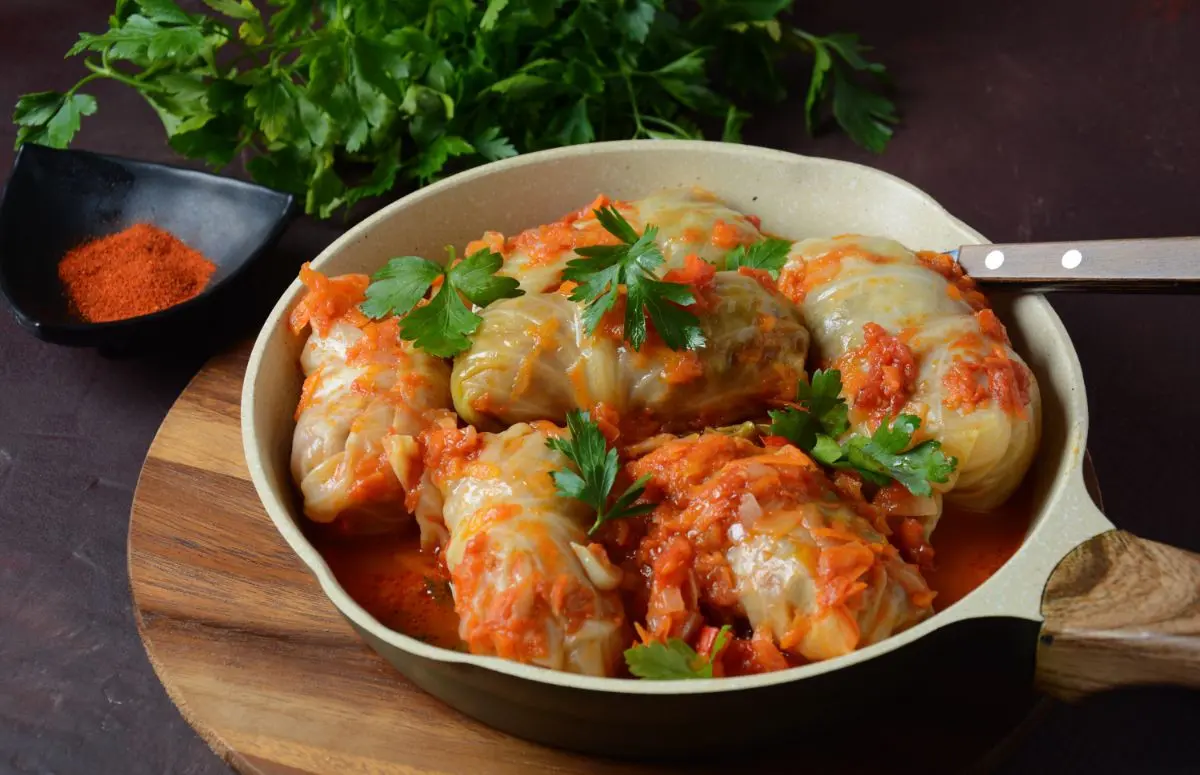
Tough cabbage rolls are a kitchen disappointment, but thankfully, easily avoidable and even fixable! By understanding that pre-cooking the cabbage leaves to tenderness is non-negotiable and employing the softening techniques for already-tough rolls, you can confidently create delicious, melt-in-your-mouth cabbage rolls every time. Embrace these tips, practice your chosen cabbage softening method, and get ready to enjoy perfectly tender, flavorful cabbage rolls that will become a family favorite!
Recommended

Make The Most Of Spring Asparagus With Crispy, Light Tempura

The Decanting Hack That Might Actually Be Ruining Your Wine

Your Favorite Mexican Street Corn Just Got A Snackable Makeover

The California Roll Catapulted Sushi's Popularity, But Its Origins Are Murky
Next up

